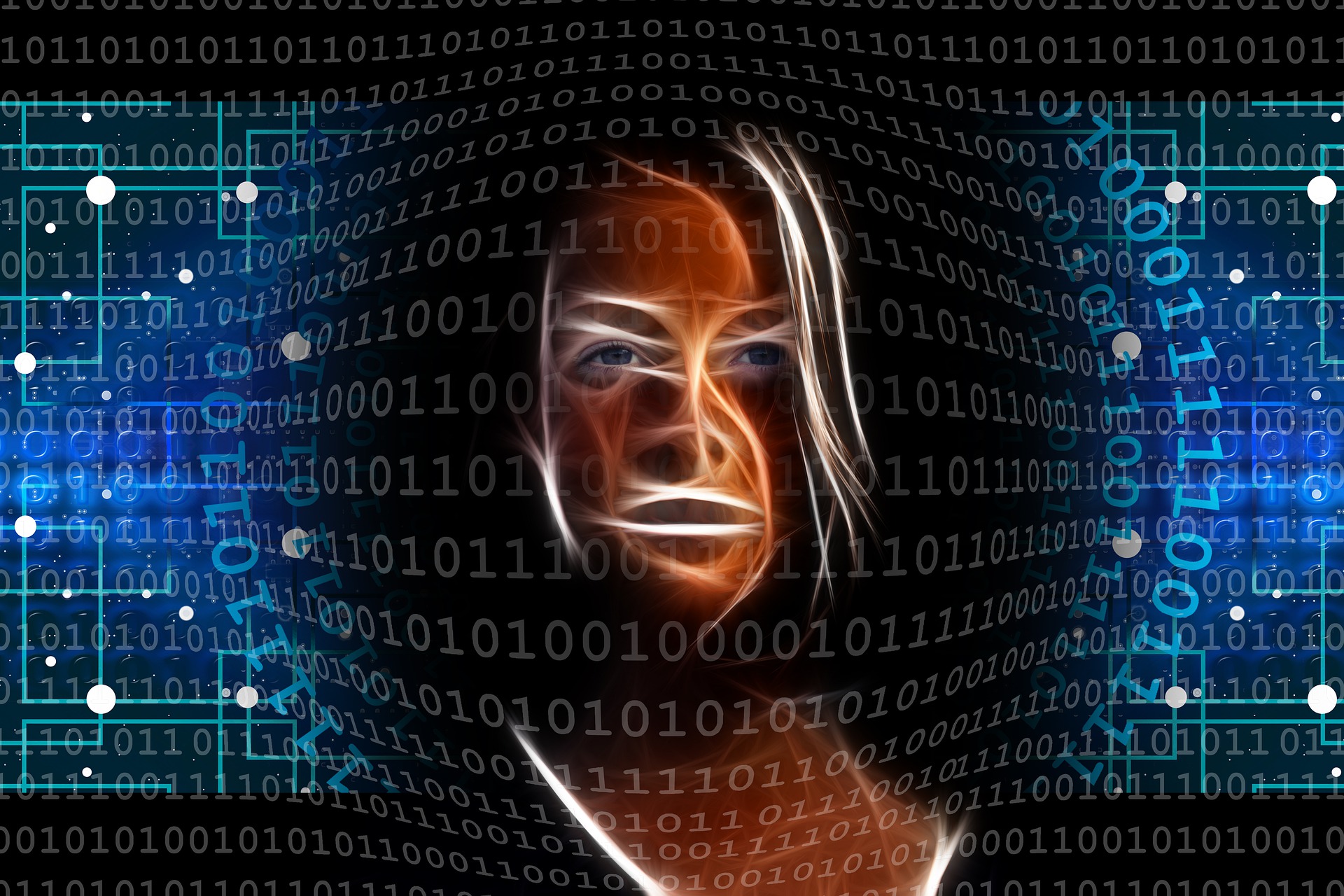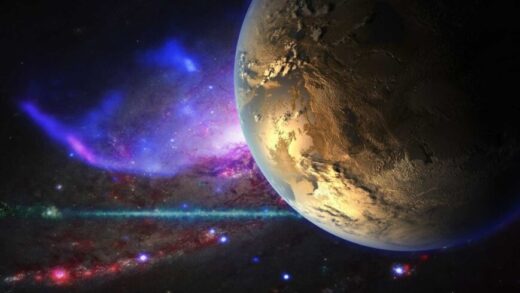AI helps astronomers learn about universe: Reports

Taking on the challenges of needs for rapid data analysis, astronomers are going to apply machine learning and AIs to build new tools to search for the next big breakthroughs. They say that AI helps astronomers learn about universe.
According to reports, artificial intelligence AI helps astronomers learn about the universe. A research by Ashley Spindler from the department of Astrophysics, University of Hertfordshire, has shown 4 ways of how AI is helping astronomers.
As reported by news agencies, Astronomers expect helps from AIs for the following 4 tasks:
AI Helps Astronomers in Planet Hunting
The most useful way of planet hunting is by studying transits. Astronomers study observe the event when an exoplanet passes in front of its parent star. While passing, an exoplanet blocks some of the light which the humans can see. After observing many orbits of an exoplanet, astronomers build a picture of the dips in the light. Then they can use the pictures to identify the planet’s properties, such as its mass, size and distance from its star.
In such, AI’s time-series analysis techniques combined with a type of AI to successfully identify the signals of exoplanets with up to 96 per cent accuracy. The techniques analyse data as a sequential sequence with time.
Also Read: Power of AI may be Potential Threat to Humans
Detecting Gravitational Waves
As reported, AI also helps astronomers to detect gravitational waves. Applying the same time-series models, scientists hope to detect gravitational waves. Reports say they are perfect for finding the signals of the most catastrophic events in the universe.
According to astronomers, while falling inwards, these dense bodies send out ripples in space-time that can be detected by measuring faint signals here on Earth. Gravitational wave detector collaborations, Ligo and Virgo, have already identified the signals of dozens of these events, all with the help of machine learning.
The teams at Ligo and Virgo train models on simulated data of black hole mergers. It will help them identify potential events within moments of them happening and send out alerts to astronomers around the world to turn their telescopes in the right direction.
Learning about the Changing Sky
According to reports, artificial intelligence or AI helps astronomers understand the ever-changing sky. It helps them by effectively processing large amounts of data in a limited time span. For example, the Vila Rubin Observatory is currently under constructioncurrentlyconstruction in Chile. When it comes online, it will measure the entire night sky every night. By measuring the sky, it will collect more than 80 terabytes (TB) of images at once. It will try to understand how the stars and galaxies in the universe change over time. 1 TB is 8 million million (8,000,000,000,00) bytes.
While operating, Legacy Survey of Space and Time being undertaken by Rubin will collect and process hundreds of petabytes (PB) of data. In this context, 100 PB or thousand million million (1,000,000,000,000,000) bytes is approximately the space required to store each photo on Facebook, or approximately 700 years of full HD video.
Gravitational Lenses
For learning about another exciting celestial phenomenon that AI helps astronomers is strong gravitational lensing. This happens when two galaxies line up along our line of sight. And the closest galaxy’s gravity acts as a lens and magnifies the more distant object. The gravity does so by creating rings, crosses and double images.
Then, astronomers from around the world had taken part in the Strong Gravitational Lens Finding Challenge. In the competition, they had tried to see who could make the best algorithm for finding those lenses automatically.
Finally, the winner of that challenge had used a model called a convolutional neural network. The model learns to break down images using different filters until it can classify them as containing a lens or not.
Auto Amazon Links: No products found.


